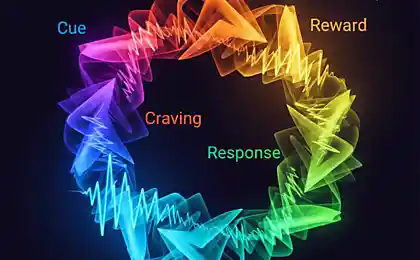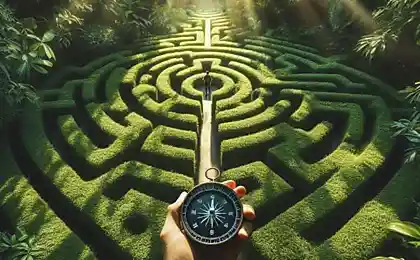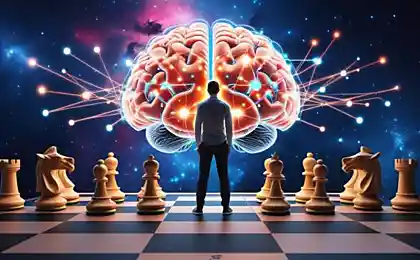197
How to Turn Obstacles into Opportunities with the Tetris Effect

Introduction: What is the Tetris effect?
The Tetris effect is a phenomenon in which the brain automatically searches for patterns and solutions similar to those used in the Tetris game. This effect not only changes our perception, but also helps create new neural connections, making it a powerful tool for personal growth and overcoming obstacles. In this article, we will explore how the Tetris effect can be used to turn complex tasks into opportunities for development.
How does the Tetris effect work?
The Tetris effect occurs when the brain begins to adapt to repetitive tasks, creating new neural connections. This phenomenon is associated with neuroplasticity – the brain’s ability to change and adapt under the influence of experience.
- Neuroplasticity: The brain forms new connections when we learn something new or repeat certain actions.
- Automation: Over time, tasks that used to require effort become automatic.

How does the Tetris effect help overcome obstacles?
The Tetris effect can be used to change your perception of complex situations. Instead of seeing obstacles as problems, you begin to see them as opportunities for growth.
- Finding solutions: The brain automatically looks for ways to solve problems, even if they seem complicated.
- Positive thinking: The Tetris effect helps develop an optimistic outlook on life as you learn to see opportunities even in difficulties.
How to apply the Tetris effect in everyday life?
The Tetris effect can be used to form good habits, improve skills and change the approach to complex tasks. Here are some practical tips:
- Habit formation: Repeat the actions you want to make a habit so your brain can automate them.
- Addressing challenges: Practice problem solving to develop the ability to quickly find solutions.
- Positive thinking: Learn to see obstacles as opportunities for growth and development.
Examples from life: how the Tetris effect changes the approach to tasks
Many successful people use the Tetris effect to cope with difficulties and achieve their goals. Here are some examples:
- Athletes: Exercise and repetition help athletes automate movements and improve performance.
- Entrepreneurs: Constantly solving business problems helps entrepreneurs quickly find effective solutions.
- Artists: Practice and repetition of techniques allow artists to improve their skills.

How to develop the Tetris effect in yourself?
To develop the Tetris effect, you need to train your brain and learn to see opportunities in difficult situations. Here are a few steps to help you with this:
- Practice: Regularly solve problems that require creativity.
- Reflection: Analyze your successes and failures to understand how you can improve your skills.
- Positive thinking: Learn to see obstacles as opportunities for growth.
Conclusion: Turn obstacles into opportunities
The Tetris effect is a powerful tool that helps not only improve skills, but also change the approach to complex tasks. Using this phenomenon, you can learn to see obstacles as opportunities for growth and development. Remember that the brain is a flexible tool, and with practice and positive thinking, you can achieve any goal.
13 Ways to Measure Your Success and Know You Have Something to Be Proud of
Words mean no less than actions: 7 reasons why you should not only do, but also talk























